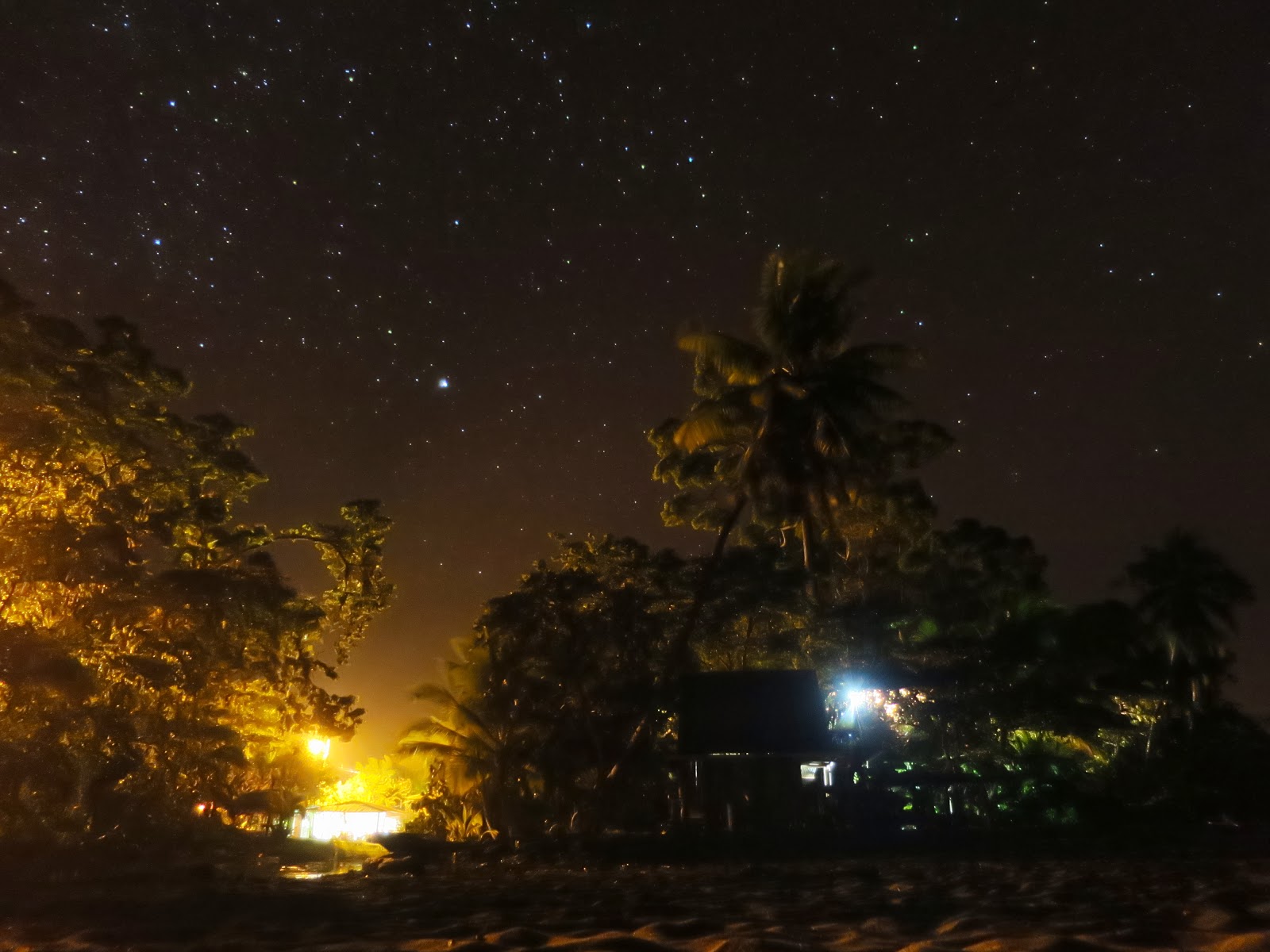Our final
stop in Central America was the Corcovado National Park on Costa Rica’s Pacific
coast. This area is much more difficult to get to as compared to other parks:
from north Panama, we had to take 4 buses (and in between pass another horrible
border), a taxi and a boat to get there, which took us 12 hours all together. This
included a “1-hour” wait for a boat ride, which turned into 2 hours and in the
end was nearly 4 hours.. (for everyone that plans on visiting central America,
here is the bus- and boat schedule for the entire continent: it leaves when it
leaves.) The wait wasn't that bad though - we sat in a restaurant overlooking a river
with crocodiles! The boat ride was also an adventure, first going through the
crocodile area, then a huge mangrove area to finish on the choppy ocean with
crazy surf.
Because of
its remoteness, Corcovado park is more natural and untouched, and full of
animals which are considered endangered species. We took a tour to this park,
which started at 6 in the morning so you can visit during the active period of
animals (when they wake up and catch some breakfast). The highlight of our
visit was seeing 3 tapirs*, a highly endangered specie which looks like a combination between a
small elephant, a huge pig and a horse, with the nose of an ant eater. We also
ran into a peccary family, lots of monkeys (squirrel monkeys*, howler monkeys*
and spider monkeys), a crocodile and many exotic birds (scarlet macaw, toucan, trogon, tanager, wild turkey, hawk) during our visit.
*endangered species
Apart from the tour in the park, we did the 'beach hike' which took us to many small and empty beaches, rented kayaks for a few hours and enjoyed our final moments in Costa Rica. This country has been beautiful. Although it's lacking any culture and we thought it was a bit too touristy and very expensive, it was great to see how this country - unlike its Central American neighbors - takes extremely good care of the amazing nature and environment. We will miss the sounds of exotic birds and monkeys everywhere around us all day!
Getting on and off the boat was a fun start.. reminded us of Wadlopen :)
Scarlet Macaw
Baird's Tapir - this one was 2m long and more then 1m high!
Just chillin', waiting for people to fall out of the boat
To get anywhere, get through the mangroves!















































